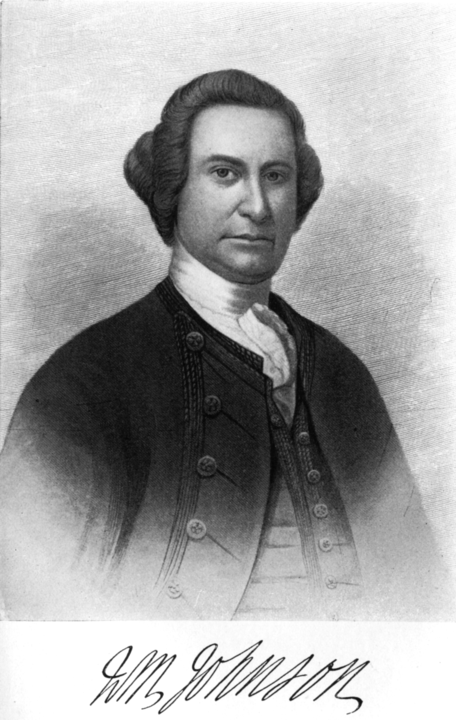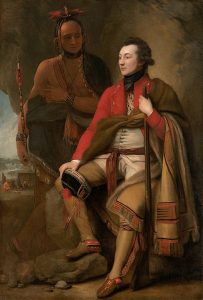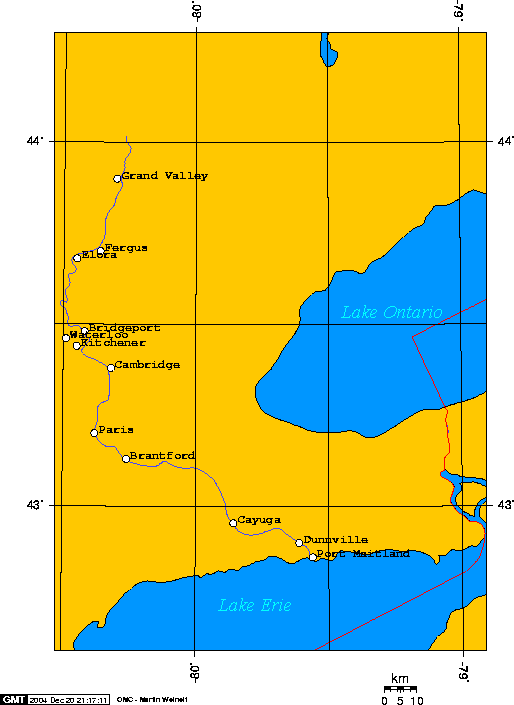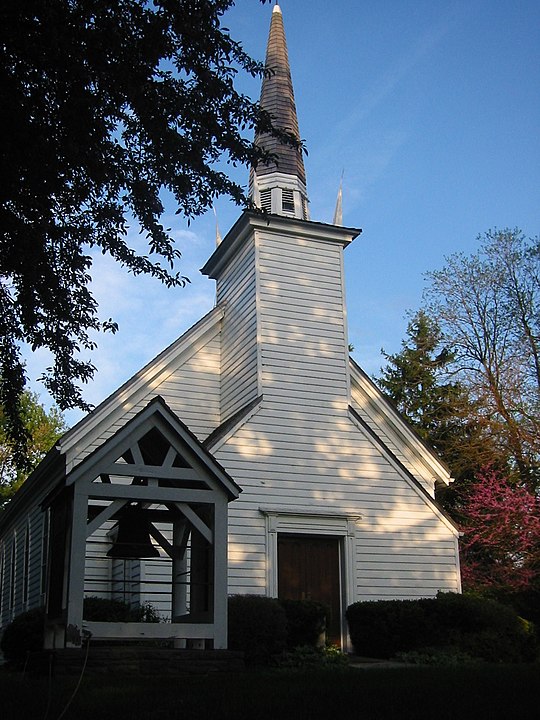Canadian History With New Eyes: The Dark Ages?
The Dark Ages & the French Wars of Religion Some time ago, I started to
Home / Joseph Brant’s Day – Burlington
On the first Monday in August, ten men are celebrated in Ontario because they have left indelible footprints on the sands of Canada’s time. In July and August, we will remember these heroes. These Canadian heroes are worth remembering. And in case you don’t know who they are, here’s the list:
The amazing Joseph Brant or Thayendanegea was an Indigenous Mohawk Chief belonging to the Iroquois Six Nation Confederacy. He was considered to be a ‘conscientious’, well-educated Anglican Christian whose parents were also Christians. He was educated at Moor’s Indian Charity School, the parent institution of Dartmouth College (University and Liberal Arts College in Hanover, New Hampshire, United States). He learned to speak, read and write English fluently. He was an asset to the Anglican Church by translating the Anglican catechism and the Gospel of Mark into the Mohawk language.
He was a leader, a soldier, a farmer, an entrepreneur and an influencer. It was he who influenced four of the six Iroquois tribes to throw their lot in with the British and not with the Patriots of the American War of Independence. As a result, he saved many Natives from the harsh realities which they otherwise would have experienced in Native Reservations as the United States expanded Westwards after their independence from Britain.
Brant secured a tract of land six miles wide on each side of the Grand River in Upper Canada (Southern Ontario), for his Loyalist followers. He expended much effort attempting to bring churches and schools to Natives along the Grand River believing that it would be advantageous if they became literate in their language as well as the English language.
He lived from 1743 – 1807 and died in his home in Burlington.
Thayendaneaga was born on the banks of the Cuyahoga River near present-day Akron Ohio. He belonged to the Wolf Clan (his mother’s clan). Both his parents (Peter and Margaret (Owandah) Tehonwaghkwangearahkwa were Christians, as recorded in the Fort Hunter Church records. His father died before he was 10 years old. Women led the clans in the Mohawk nation and his mother was the sachem (chief) of their Caughnawaga clan. Clan leadership fell to his sister Molly when his mother died.
His widowed mother moved to the village of Canajoharie, on the Mohawk River in east-central New York state. There she remarried a widower, Brant Canagaraduncka – a Mohawk sachem of a different clan. The marriage was a providential one because it improved their fortunes considerably. It is said that they lived in the best house in the area.

Thayendanega’s stepfather was close friends with General Sir William Johnson, Superintendent for Northern Indian Affairs. He often stayed with them when he visited the Mohawks on business. Joseph’s sister Molly, eventually married Sir William Johnson.
In the mid 1760’s Brant (Thayendanega) married Peggie (also known as Margaret) in Canajoharie. She was the daughter of a Virginia gentleman who was captured by Western Indians but was returned. They moved to his parent’s home and when his stepfather died, he inherited the property which was a large, fertile 80-acre farm near the village of Canajoharie on the south shore of the Mohawk River.
He raised animals (cattle, sheep, horses and pigs), produced corn and had a small store. Influenced by British culture, he regularly wore blue suits like the British wore. Sir William Johnson encouraged the Mohawks to appoint him as their war chief and chief spokesman.
After Peggie passed away in 1771, he moved back to Fort Hunter, living with Rev. John Stuart for a year becoming his interpreter. It was during that time that he translated the Anglican catechism and the Gospel of Mark into the Mohawk language.
By 1773, he moved back to Canajoharie and married Peggie’s sister, who also passed away just months after their marriage due to tuberculosis. He subsequently married a third wife – Catharine Crogan around 1774. Her father was an American colonist and Indian agent, and her mother was a Mohawk named Catharine Tekarihoga, head of the Turtle clan, the first rank in the Mohawk nation. Catharine Tekarihoga had become sachem because her mother, Catharine Adonwentishon was head of the Turtle clan before her.
Brant fathered nine children – two by his first wife and seven by his third wife.
Because Brant spoke fluent English and three (maybe even all six) Mohawk languages, he was hired by the British as a translator for the Department of Indian Affairs. He was appointed to the rank of Captain and the office of Departmental Secretary (like the Permanent Secretary of a Minister) to Guy Johnson, the new Superintendent of Northern Indian Affairs for the British government.

In May of 1775, he fled Canajoharie in the Mohawk valley to Montreal Canada with Guy Johnson and most of the Native warriors who followed him. They arrived in July. He had sent his wife and family to an Iroquois village on both sides of the Susquehanna River, called Ouaquaga. It is near present day Windsor, New York.
In November of 1775, he accompanied Sir Guy Johnson to England. He made representations on behalf of the Iroquois nations, attempting to get the British to rectify past Mohawk land grievances. The Mohawks were then promised land in Canada if they fought with the British against the Americans in the War of Independence. Brant apparently became a Freemason during his time in England and was presented with a Freemason’s Apron at the hands of King George III.
He was back in New York by July of 1776 where he joined Howe’s forces to take back New York, fighting with them in July and August. Then in November, he journeyed to Ouaquaga to meet with his family. At the beginning of the war, the full council of the Six Nations Iroquois Confederacy had taken a position of neutrality. Because of the promise of land in Canada for fighting with the British, in December, Brant traveled from village to village in the Confederacy encouraging Natives to fight with the British.
The Six Nations Iroquois Confederacy – also called Haudenosaunee (Mohawks, Senecas, Oneidas, Cayugas and Onondagas and Tuscaroras) inhabited upstate New York state and fought alongside the British in the French Indian Wars. The tribes which previously fought alongside the French also belonged to a Six-Nation Confederacy comprising mainly Algonquins, Hurons, Abenakis (from around New England, Quebec and the Maritimes), Ojibwas / Ottawas and Nippissings (living around Lake Huron & Bruce Peninsula).
Because Brant was not esteemed as an important chief, only a small band of the Iroquois from Ouaquaga followed him. By May 1777, other Loyalists joined him. Eventually with the lobbying of his sister most of the Iroquois, except for a large section of the Oneidas, joined him, expressing their allegiance to Britain. For the remainder of the war (1777/78), Joseph Brant (Thayendanega) played an important role in the military operations in the Mohawk valley.
In October of 1778, Brant’s base in Ouaquaga was attacked by the enemy while Brant and his volunteers were away. They destroyed the village using the ‘scorched earth’ principle of destroying property, fruit trees, crops, and killing some children found in the corn fields. In November, Brant retaliated with his own massacre, after which he traveled to Montreal to meet with Frederick Haldimand who had replaced Sir Guy Carleton as Commander and Governor of Canada.
Promises were made for full restoration of the Mohawks to their original state at the expense of the government once the war had ended. Haldimand promised provisions but no pay for the warriors and conferred on Brant the title of ‘Captain of the Northern Confederated Indians’. Those Natives loyal to Britain and following Thayendenega were granted safety and a tract of land along the Grand River in Upper Canada. It was six miles wide on both sides of the Grand River which flows through the communities of Waterloo, Kitchener, Cambridge, Paris, Caledonia, Dunnville and Port Maitland to Lake Erie.

After the war, Brant expended much effort in trying to rectify the wrongs inflicted on his people when Iroquois lands were taken over by the new nation of the United States. He bought back lands on behalf of the tribes and he negotiated for their defense. In 1783, he convinced the Iroquois and twenty-nine Indian nations to form a ‘Western Confederacy’ to defend a treaty called ‘The Fort Stanwix Treaty’ which was signed with the Natives in 1768. The Confederacy agreed that none of the nations had any freedom to cede any land without common consent.
In 1784, at a Buffalo Creek meeting, the clan matrons decided that the Six Nations should divide with half occupying the land grant on the Grand River in Ontario, and the other half staying in New York (Western Confederacy) to defend their land rights. In 1784, at Brant’s urging, Sir Frederick Haldiman established a Mohawk reserve on the Grand River.
By the standards prevailing at the time, Brant built a 2-storey palatial home in Brant’s Town (it is said that it was built ‘in the manner of the white people’). He had a large farm where he raised cattle, sheep and pigs. In 1785, he went to London to appeal to Britain for help to defend the Western Confederacy from American attacks. He left England with a ‘generous’ pension and a promise to ‘fully compensate the Mohawk for their losses’, but no commitment to help the Western Confederacy.
Between 1785 and 1792, Brant was caught in the crosshairs of negotiations with the Western Confederacy, the Americans, the French and the British. In 1790, the Western Confederacy was attacked by the Americans. They asked the Canadian Iroquois to join in their war, but Brant refused. He asked Sir Guy Carleton – Lord Dorchester, to intervene instead. In 1792, he was literally bribed by the Americans with the notion of a pension and a large reservation for the return of the Canadian Iroquois to the US. He turned it down. In 1794, attempts at peace negotiations between the Western Confederacy and the Americans failed. The unity of the Confederacy fell apart in 1795 with the Peace Treaty of Greenville.
In 1797, at a meeting between the US government, the British Minister and Brant, he assured the US that he would never take up a tomahawk at the Americans. However, Britain was at war with France and Spain. In a visit with the French minister, Brant made it known that he and his Mohawks would be willing to assist the French in a revolution to overthrow the British in Canada. The British were afraid of the French attacking with the help of the Mohawks.
The British Administrator, Peter Russell, was told to do everything to keep the Natives on their land, and to appease Brant. He was given the land grants he had applied for but had not received, after which he declared that he and his men would defend the king with their very last breath. Between 1800 and 1801, there was another plot to overthrow British rule and to form a republic to join with the United States. In January 1802, the Executive Council of Upper Canada learned of this plot hatched by American Vice President Aaron Burr and Governor George Clinton of New York. Nothing came of this threat though.
Joseph Brant bought 3,500 acres of land from the Mississauga Indians at Burlington Bay. Governor Simcoe did not allow the sale of lands between Indians, so he bought the land from the Mississaugas and gave it to Brant. He moved there and built a mansion in 1802. He planted 100 acres of crops. He died in 1807. In 1850, his remains were carried on the shoulders of young men of the Grand River in relay fashion to be interred at the tomb of Her Majesty’s Chapel of the Mohawks in Brantford.

The Dark Ages & the French Wars of Religion Some time ago, I started to
In many places, like legislatures and schools, the Bible is considered ‘hate literature’. Counseling someone
Britain’s claim of Rupert’s Land by the Doctrine of Discovery, proved to be one of
Dominion Day had been a federal holiday that celebrated the enactment of The British North American Act which united four of Britain’s colonies – Nova Scotia, New Brunswick, Upper and Lower Canada (which became Ontario and Quebec), into a single country within the British Empire, and named that country The Dominion of Canada.